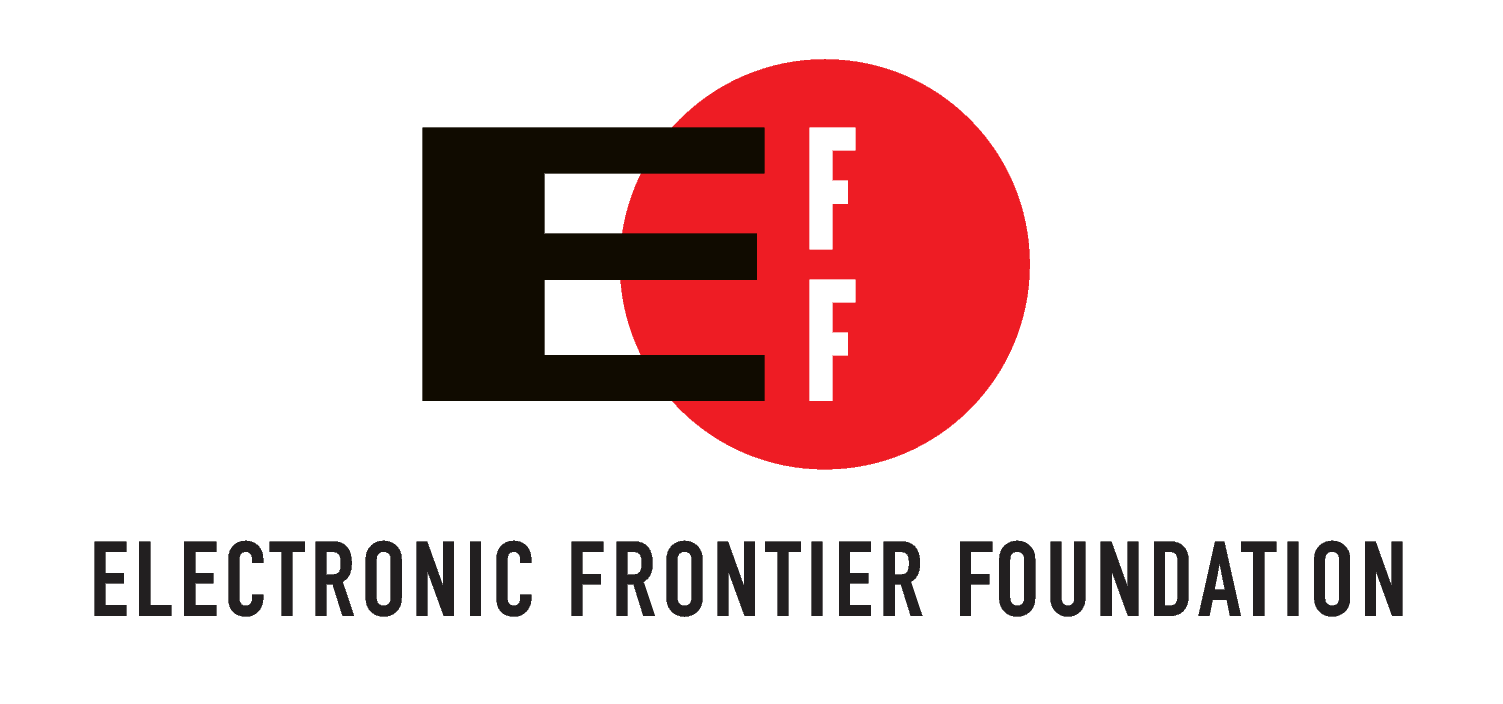Know Systemic Racism Data Lab
Libraries + Data Science + Digital Humanities
The Team, Summer 2023
Anabelle Colmenares
- Data wrangling
- Data analysis tools
- Data visualization
- Web development
Chloe Williams
- Data collection
- Data analysis
- Data schema design
- Data archive
Our Partners



Know Systemic Racism Project
- Systemic Racism Actually Does Exist
- How Systemic Racism Interconnects
- How to Help Fight Systemic Racism
The Know Systemic Racism project is based at Stanford Libraries. It was initiated and is led by Stanford’s Racial Justice and Social Equity Libarian, Felicia Smith.
What can libraries do?
Provide access to resources.
But our systems of discovery can help perpetuate “othering”.
Categorization has a significant impact on what you can find.
The Role of KSR Data Lab
KSR Data Lab takes the aspiration of KSR — to show that systemic racism exists — as a provocation for thinking critically about data collection/creation, data structures, data access/discovery, and data preservation.
Data Collection/Creation
We are guided by FAIR (Findable, Accessible, Interoperable, Reusable) principles 1 as well as CARE (Collective Benefit, Authority to Control, Responsibility, and Ethics) principles 2.
“The CARE Principles are people– and purpose-oriented, reflecting the crucial role of data in advancing innovation, governance, and self-determination among Indigenous Peoples. The Principles complement the existing data-centric approach represented in the ‘FAIR Guiding Principles for scientific data management and stewardship’”(Carroll et al 2020).
Data Structure
Knowledge Graph
Data Access & Discovery
Multiple points of entry. Rather than seeking discrete data sets, we take advantage of the knowledge graph making connections across collections.
Data Preservation
Stanford Digital Repository Wikidata Archive.org (Internet Archive)
KSR Data Lab
Footnotes
Wilkinson, M., Dumontier, M., Aalbersberg, I. et al. “The FAIR Guiding Principles for scientific data management and stewardship.” Sci Data 3, 160018 (2016). https://doi.org/10.1038/sdata.2016.18
Carroll, Stephanie Russo, et al. “The CARE principles for indigenous data governance.” Data Science Journal 19 (2020): 43-43.